Bloodhound Dog
- January 31, 2024
- 0 comment
The Bloodhound, often referred to as the “Sleuth Hound” or the “Chien de Saint-Hubert,” is a remarkable breed known for its distinctive appearance and extraordinary scent-tracking abilities. With roots tracing back to medieval Europe, these dogs have a rich history as skilled trackers and search companions. Bloodhounds are easily recognizable by their loose, wrinkled skin, long droopy ears, and soulful eyes, which give them a gentle and somewhat melancholic expression. However, beneath their tranquil demeanor lies a powerhouse of olfactory senses.
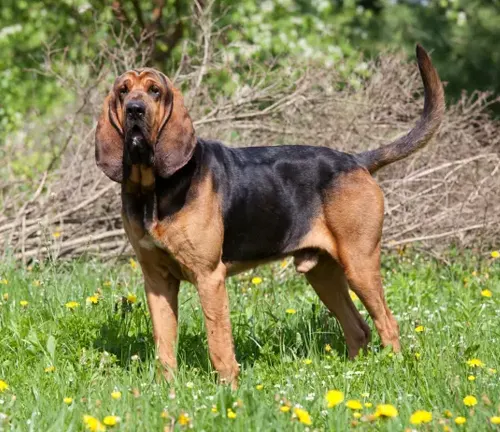
Bloodhounds possess an unparalleled sense of smell, thanks to their millions of scent receptors, making them expert trackers. They are often employed in search-and-rescue operations, criminal investigations, and missing person cases, where their ability to follow scent trails over long distances is unparalleled. Despite their size and drooling tendencies, Bloodhounds are known for their friendly and gentle nature, making them wonderful family pets for those who can provide them with the space, exercise, and love they require. Whether as a search and rescue hero or a loyal family companion, the Bloodhound stands as a testament to the extraordinary capabilities of man’s best friend.
| Characteristic | Description |
|---|---|
| Size | Large |
| Weight | 80-110 pounds (36-50 kg) for males; 70-100 pounds (32-45 kg) for females |
| Height | 25-27 inches (63-69 cm) for males; 23-25 inches (58-63 cm) for females |
| Lifespan | 9-11 years |
| Coat | Short and dense |
| Coat Colors | Liver and tan or black and tan |
| Temperament | Gentle, affectionate, and friendly |
| Intelligence | Intelligent but can be stubborn |
| Exercise Needs | Moderate to high |
| Grooming | Regular brushing and occasional bathing |
| Drooling Tendency | Yes, known for drooling |
| Health Concerns | Prone to hip dysplasia and bloat, ear infections due to floppy ears |
| Sociability | Good with other pets if socialized early; generally good with children |
| Living Space | Requires ample space due to size |
| Special Abilities | Exceptional sense of smell, excellent at tracking and scent work |
| Purpose | Originally bred for hunting, now used in search-and-rescue and as family pets |
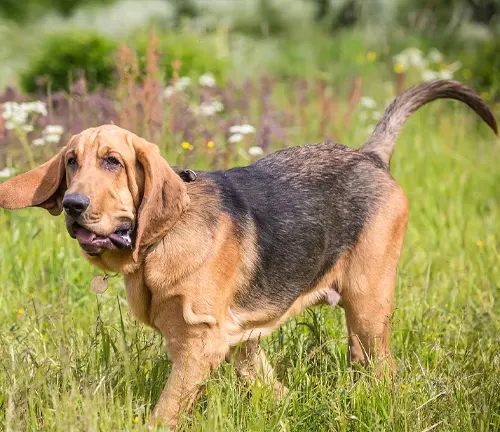
When it comes to tracking scents, few breeds can match the unparalleled skills of the Bloodhound. Known for their incredible olfactory prowess, these dogs are a fascinating blend of history, mystery, and unrivaled scent detection. In this article, we will delve into the world of Bloodhounds, exploring their origins, unique characteristics, training methods, and much more. Get ready to uncover the secrets behind these remarkable canine detectives.
A Brief History of Bloodhounds
The roots of the Bloodhound trace back to medieval Europe, where they were initially bred by monks in Belgium. These dogs were originally called St. Hubert Hounds, named after the patron saint of hunters. Over time, they made their way to England, where they were refined and further developed into the breed we know today.

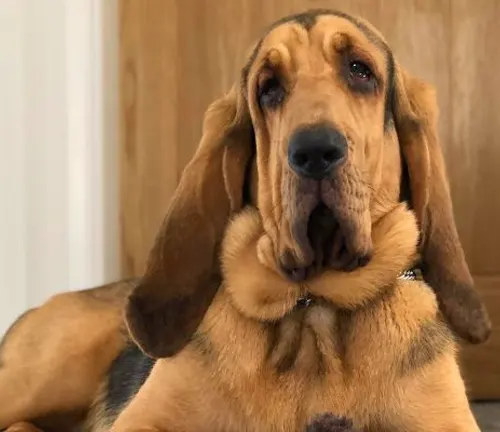
The Distinctive Appearance
Bloodhounds are unmistakable with their droopy skin, long ears, and soulful eyes. They possess a powerful, muscular build, yet their appearance exudes gentleness. This combination makes them an iconic breed in the canine world.
The Marvelous Sense of Smell
The most remarkable feature of Bloodhounds is their sense of smell. They have an extraordinary ability to track scents over long distances, often referred to as “scenthounds.” Their noses contain millions of scent receptors, making them second to none in the world of scent detection.
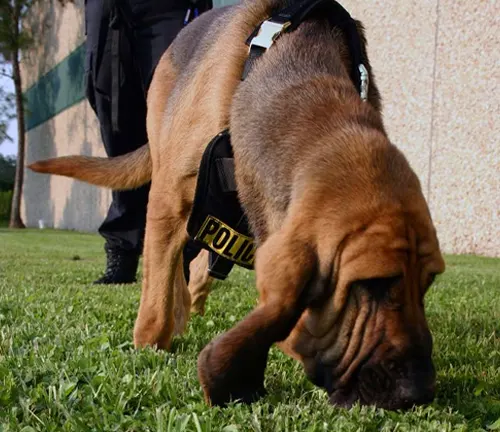

How Do Bloodhounds Use Their Sense of Smell?
Bloodhounds use their superior sense of smell to assist in various tasks. Whether it’s tracking down missing persons, locating fugitives, or finding lost pets, these dogs are invaluable to law enforcement agencies and search-and-rescue teams worldwide.
Training Bloodhounds for Scent Detection
Training a Bloodhound to harness their scent tracking abilities requires patience and expertise. The process involves teaching them to follow specific scents, differentiate between various odors, and stay focused on the task at hand.
Key Training Techniques
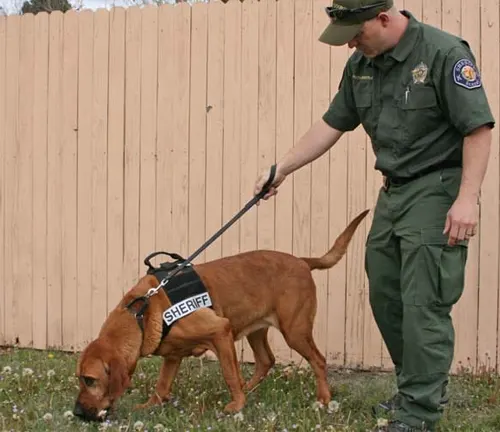

- Scent Discrimination: Bloodhounds must learn to distinguish the target scent from other distractions, a skill honed through rigorous training.
- Trailing Techniques: Handlers employ specialized trailing techniques to optimize the Bloodhound’s ability to follow a scent trail effectively.
Bloodhounds in Popular Culture
The Bloodhound’s unique appearance and impressive scent-tracking abilities have made them popular in various forms of media. They have appeared in numerous books, movies, and television shows, often cast as skilled detectives or search dogs.

Caring for Your Bloodhound
Owning a Bloodhound comes with specific responsibilities. They require regular exercise, a balanced diet, and proper grooming to keep them healthy and happy. Additionally, their loose skin needs attention to prevent infections.
Exercise and Mental Stimulation
Bloodhounds are active dogs that thrive on physical activity and mental challenges. Daily walks and engaging playtime are essential to keep them content.
Physical Activity
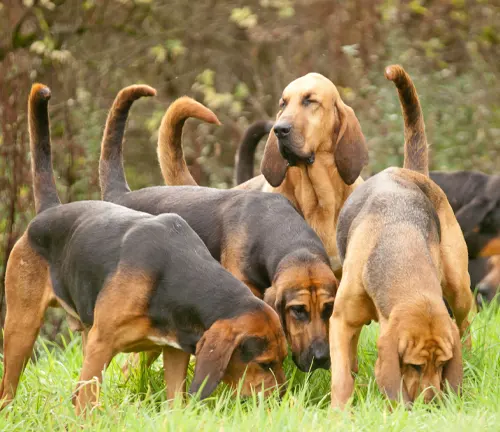
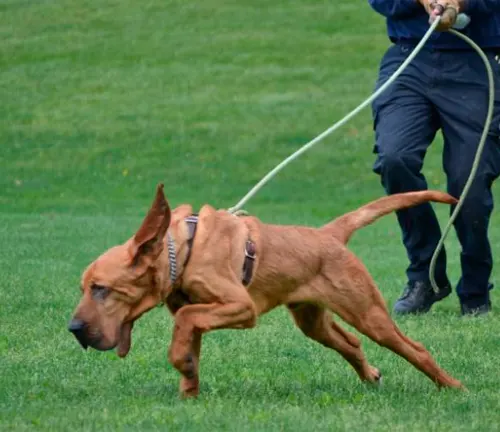
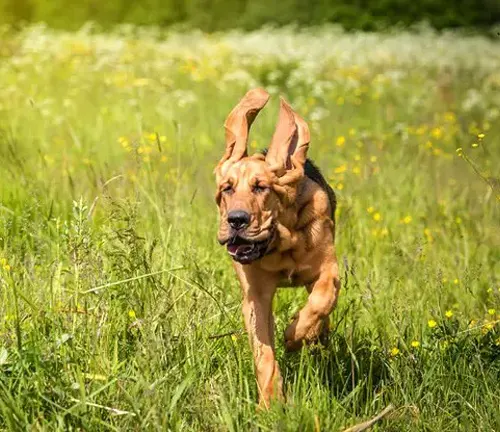
- Regular Exercise: Bloodhounds may appear lazy due to their droopy appearance, but they need regular exercise to stay healthy and happy. Daily walks and playtime are crucial to prevent obesity and promote cardiovascular health.
- Tracking and Scent Work: Engaging in activities that tap into their natural scent-tracking abilities is a great way to exercise both their body and mind. Participating in tracking exercises or scent games can be mentally stimulating and physically demanding.
- Exploration: Bloodhounds are curious dogs, and they enjoy exploring their surroundings. Providing them with a safe and secure outdoor area to sniff and investigate can be mentally enriching for them.
Mental Challenges
- Scent Work: Bloodhounds thrive on scent-related challenges. Training them to follow specific scents or search for hidden objects can be an excellent way to engage their minds.
- Puzzle Toys: Puzzle toys and treat-dispensing toys can keep their brains active and prevent boredom. These toys challenge them to figure out how to access treats or toys hidden inside.
- Obedience Training: While Bloodhounds can be stubborn, they are intelligent dogs. Obedience training sessions that involve learning commands and performing tasks can provide mental stimulation.
- Socialization: Interaction with other dogs and people can mentally stimulate Bloodhounds. Socialization helps them develop well-rounded personalities and reduces anxiety.
- Problem Solving: Bloodhounds enjoy solving problems. Simple activities like hiding treats for them to find or creating obstacle courses can engage their problem-solving skills.
- Novel Experiences: Introducing new experiences and environments to your Bloodhound can stimulate their curiosity and keep their minds active. Taking them on different routes during walks or outings to new places can be mentally enriching.
Grooming and Skin Care
The Bloodhound’s wrinkled skin requires regular cleaning and drying to avoid skin issues. Special attention should be given to their ears and facial folds.
Grooming
- Brushing: Bloodhounds have short, dense coats that shed moderately. Regular brushing with a soft-bristle brush helps remove loose hair and distribute natural oils to keep their coat healthy. Brushing should be done at least once a week.
- Bathing: Bloodhounds do not need frequent baths unless they get into something dirty or smelly. When bathing, use a mild dog shampoo to avoid skin irritation. Pay special attention to cleaning the wrinkles and folds in their skin.
- Ear Cleaning: Due to their long, droopy ears, Bloodhounds are prone to ear infections. Check their ears regularly for signs of redness, odor, or discharge. Clean their ears with a veterinarian-recommended ear cleaner as needed, being careful not to insert anything deep into the ear canal.
- Nail Trimming: Trim their nails regularly to prevent them from becoming too long and uncomfortable. Overgrown nails can also affect their gait and cause joint problems.
Skin Care
- Wrinkle Cleaning: Bloodhounds have loose skin with deep wrinkles, particularly on their face. These wrinkles can trap dirt and moisture, leading to skin issues. Clean and dry the wrinkles regularly to prevent skin infections. Use a damp cloth or a vet-approved cleanser for this purpose.
- Moisturizing: To prevent their skin from becoming dry and flaky, consider applying a hypoallergenic, dog-specific moisturizer to the skin folds. This helps maintain the health of their skin.
- Sun Protection: Bloodhounds have a fair amount of exposed skin on their faces and ears. Apply dog-friendly sunscreen to protect their skin from harmful UV rays, especially during prolonged outdoor activities.
- Check for Irritations: Regularly inspect their skin for signs of irritation, rashes, or hot spots. If you notice any issues, consult with a veterinarian promptly for proper treatment.
- Allergies: Some Bloodhounds may develop skin allergies. If you observe excessive itching, redness, or discomfort, consult a veterinarian to identify and manage potential allergens.
- Diet and Hydration: Proper nutrition and hydration also play a role in maintaining healthy skin. Ensure your Bloodhound is on a balanced diet and has access to clean, fresh water at all times.
Different Species
Bloodhounds are a distinct breed of dog with a unique appearance and incredible scent-tracking abilities. However, there are not different species of Bloodhounds. Instead, they are a single breed known for their specific characteristics, such as their wrinkled skin, long ears, and exceptional sense of smell.
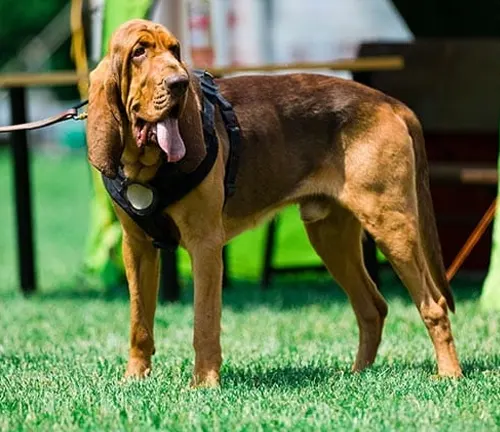
Frequently Asked Question (FAQs)
- What is a Bloodhound’s typical lifespan?
Bloodhounds typically live for 9 to 11 years, although some can live longer with proper care. - Are Bloodhounds good guard dogs?
Bloodhounds are not known for being guard dogs; they are more inclined to tracking and scent work. - Do Bloodhounds shed a lot?
Yes, Bloodhounds are moderate to heavy shedders, and regular grooming can help manage their shedding. - Are Bloodhounds suitable for apartment living?
Bloodhounds are large dogs and require ample space to move around, so they are not ideal for small apartments. - Do Bloodhounds get along with other pets?
Bloodhounds can be friendly with other pets if properly socialized from a young age. - What health issues are common in Bloodhounds?
Bloodhounds are prone to certain health problems, including hip dysplasia, bloat, and ear infections due to their floppy ears. - Can Bloodhounds be trained for obedience?
While Bloodhounds are intelligent, they can be stubborn, so obedience training may require patience and consistency. - Are Bloodhounds good for first-time dog owners?
Bloodhounds can be a bit challenging for first-time dog owners due to their size and stubbornness, but it’s not impossible with dedication. - Do Bloodhounds need a lot of exercise?
Bloodhounds require daily exercise to stay healthy and happy, but they are not overly active dogs. - Can Bloodhounds be left alone for long periods?
Bloodhounds are social animals and may not do well when left alone for extended periods. They thrive on companionship. - Do Bloodhounds drool excessively?
Yes, Bloodhounds are known for their drooling, which can be quite noticeable, especially after eating or drinking. - Are Bloodhounds good with children?
Bloodhounds are generally gentle with children, but due to their size, they should be supervised around young kids. - What is the history of Bloodhounds in tracking and search-and-rescue work?
Bloodhounds have a long history in tracking and search-and-rescue work, dating back to medieval times when they were bred for their scenting abilities. - Are there different coat colors in Bloodhounds?
Bloodhounds typically have a liver or black and tan coat, but variations in shades can occur.



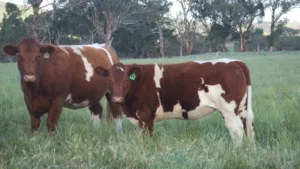
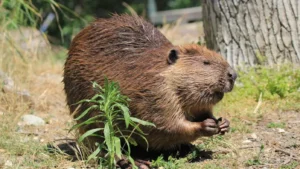




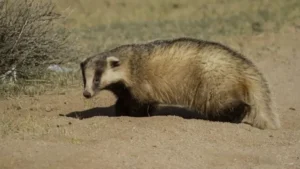


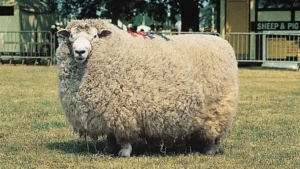
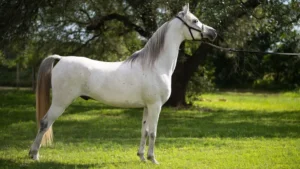
Leave your comment